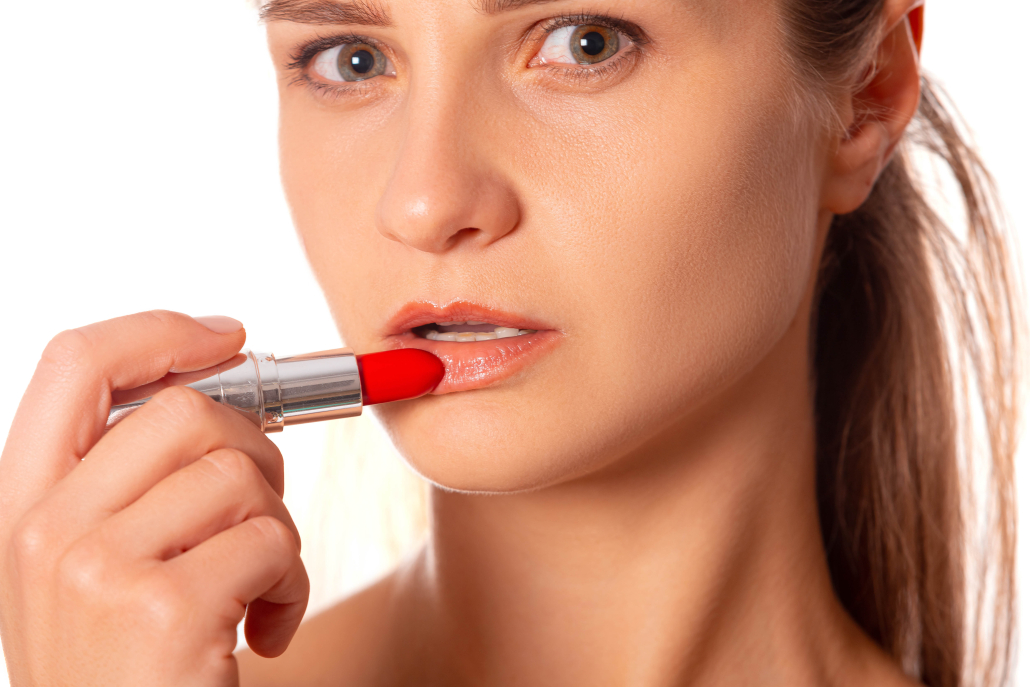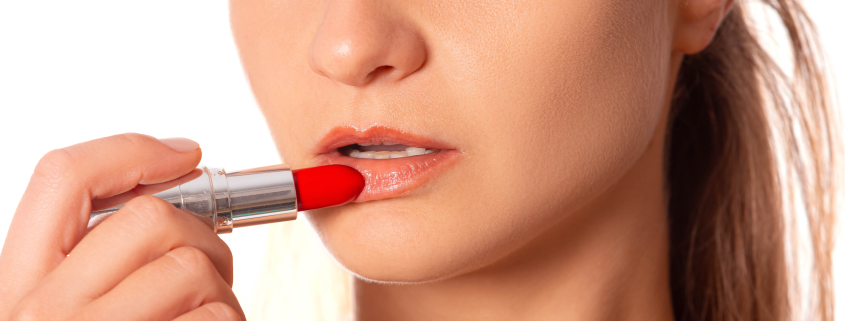That’s Fashion Sweetie: Let’s talk about sex(ual marketing)

Valentine’s Day can be a difficult time; breakups are inevitable, rough patches exist and being single can be annoying with all of the romantically targeted ads. But Valentine’s Day is a fantastic opportunity to celebrate platonic loved ones, and singles’ nights are a great way to build new and unexpected relationships.
For the world of ads and marketing, Valentine’s Day 2023 is expected to bring in roughly $26 billion, a $2 billion increase from 2022. Maybe this comes from jewelry, engagement rings and chocolates, but this day is huge for selling fantasy and sex.
Obviously, this means lingerie and condoms — please be safe, readers — but I can’t help but yawn in the face of these annoying, flashy ads like Victoria’s Secret telling me that I can get three bras for $36 only for Valentine’s Day.
Maybe it’s because as a woman, I feel like I am constantly getting ads about increasing my sex appeal. But I also believe it’s because in the world of fashion, sex always sells.
Sometimes it is unintentional, as with Rick Owens’s spring 2016 show intending to create “human backpacks.” Consisting of models strapped to each other, this was immediately interpreted in a sexual way.
Another example: Kate Moss in a mini skirt, eating a Magnum ice cream bar topless to close “Cafe Society,” Vivienne Westwood’s Spring 1994 show. The meaning of the collection was convoluted by the obvious sexual interpretation of Moss’ (deliberately) seductive performance, and so the first word people thought of was “sex.”
While Westwood was famous for challenging the status quo, the way she approached “Cafe Society” — directly contrasting the traditional Victorian era with the mini-skirts and provocative clothing — was lost behind the headlines of “sexy, topless Kate.”
Of course, it wasn’t Moss’ fault and this publicity is exactly what Westwood wanted — but the point is the culture and purpose of the collection immediately gets lost because an attractive woman was topless, eating ice cream in a fashion show.
Other times, sex and fantasy is the entire purpose of the show– most obviously seen during the reign of Victoria’s Secret.
So, what about the beauty community?
Packaging has become a vastly important part of both brand identity and brand hype — and it makes sense why. People like to own pretty things. Whether this means the iconic star shape of Mugler’s “Angel’’ perfume or the gold applicator of Hourglass’ lip treatment oil, the physical presentation of the product can either draw or deter consumers.
I just finished a case study for my introduction to advertising class on Libresse and their RedFit, Blood Normal and Viva La Vulva campaigns, where they actively worked to shift the public’s mindset on the reality of menstrual cycles and vulvas. While initially getting their advertisements banned, they were then lifted upon further review, ultimately increasing the usage of red liquid instead of blue for advertisements discussing pads and hosted workshops for men featuring vulva cupcakes and vulva origami. Although campaigns are different from packaging, the reason penises and vaginas are not literally portrayed in the world of beauty is because while the idea and act of sex sells, anatomical genitals (often) do not.
That is, until Feb. 2, when makeup artist Isamaya Ffrench revealed her newest lipstick for ISAMAYA BEAUTY — the catch? A phallic lipstick case.
Revealing that the idea came to her in a dream, this isn’t the first time she has played with ideas of sex and BDSM. In fact, her debut collection, INDUSTRIAL, had mascara, lipstick and serum applicators pierced with a silver septum ring.
Directly challenging the more subtle attempts to incorporate NSFW ideas into beauty products, such as the Nar’s blush name “Orgasm,” “Deep Throat” and “Dominate,” or Too Faced’s “Better Than Sex” mascaras, the lipstick tubes weigh 10 ounces each, which is three times the weight of an average lipstick case.
Part of this comes from Ffrench’s love for seeing beauty products as art and collectables, which is also reflected in her prices, with the new phallic lipstick costing a hefty $95. Her ideology is seen most obviously in her second collection, WILD STAR, which was decorated with gold and crystal broncos.
Before we go any further, I want to address something quickly; the article from here discusses genitalia and its correlation to gender identity in a traditional way. Many people, however, do not identify as cisgender and that there are so many other nuances that come with gender identity and genitalia; many women don’t have vulvas, just as many men may not have penises. Gender and genitalia don’t need to go hand in hand in regards to identity, and in extension, gender identity and its subsequent expression doesn’t need to be contained to a box. This is why makeup can be one of the most freeing forms of expression and communication; it can conceal, it can enhance and it doesn’t adhere to gender norms – even when it’s phallic.
Now, back to the lipstick.
The lipstick is a warrior cry of feminism and celebration of the male body. It is a taking back of all the years women have been sexualized in beauty, fashion, film and art and an acceptance of the history surrounding our bodies and our control over it. Simultaneously, with the acknowledgement of women’s bodies and consensual/fair portrayal, it is a sharing of space to open conversation for men’s bodies.
MJ Corey, a psychotherapist, and Dr. Emily Morse, doctor of human sexuality, both agreed in their interview with the Business of Fashion that this opening of space comes from an “open penis fixation” where the publication of the phallic, anatomical shape is a celebration of anatomy and literal expression of the female gaze.
But the obvious use of penises is merely new to the beauty world, maybe because of the proximity and intimate application of the products. Despite the media buzz around Ffrench’s new lipstick, fashion has already embraced the penis; Westwood currently sells a $254 topaz pave penis waistcoat chain, Owens debuted a Paris Fashion Week collection that had male models wear garments that deliberately shows their penis, Acne Studios is selling a $290 shirt with a lace penis border that says “forever mine forever yours” on it.
Maybe Ffrench waited for Valentine’s Day to approach before announcing the launch of her lipstick, but whether or not it was intentional, it was an incredibly intelligent move to make in a marketing lens.
Not only is it a funny gag gift –— for those who can afford it (I personally cannot) — but it’s an incredibly unique and individual item to have. It is utilitarian art that also serves as memorabilia and, simultaneously, through social sharing, expands the item past the physical object. It is not just lipstick; it is a celebration, an invitation to open conversations on sex and anatomy and a welcoming of the penis into the space of hypersexualization.
While I am still processing my full thoughts on Ffrench’s lipstick, I’ll leave you with this: If you’re offended by the lipstick, consider why. And if you’re not, also reflect.
Our society has already been hypersexualized and time cannot be reversed. So, then, does the invitation of literal, anatomical genitalia only contribute more to this? If so, does this normalize and eventually de-sexualize genitalia, or will it result in more comfort of discussion and more open acceptance of sex, sexual acts and physical anatomy?
Talk about it — maybe even tonight with your Valentine’s date.
Hadyn Phillips is a sophomore writing about fashion in the 21st century, specifically spotlighting new trends and popular controversy. Her column, “That’s Fashion, Sweetie,” runs every Tuesday.

